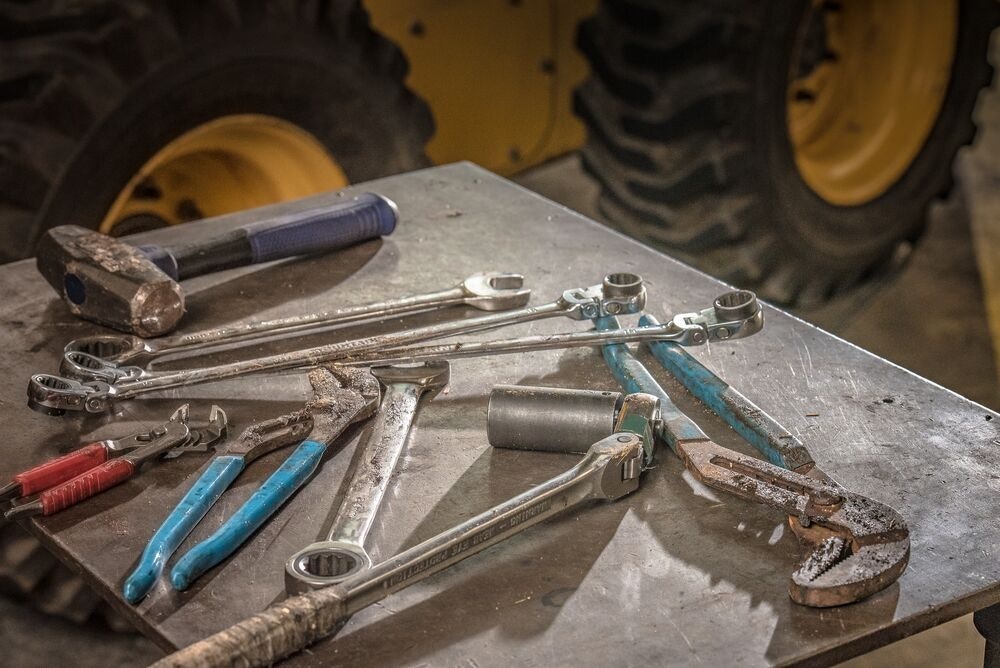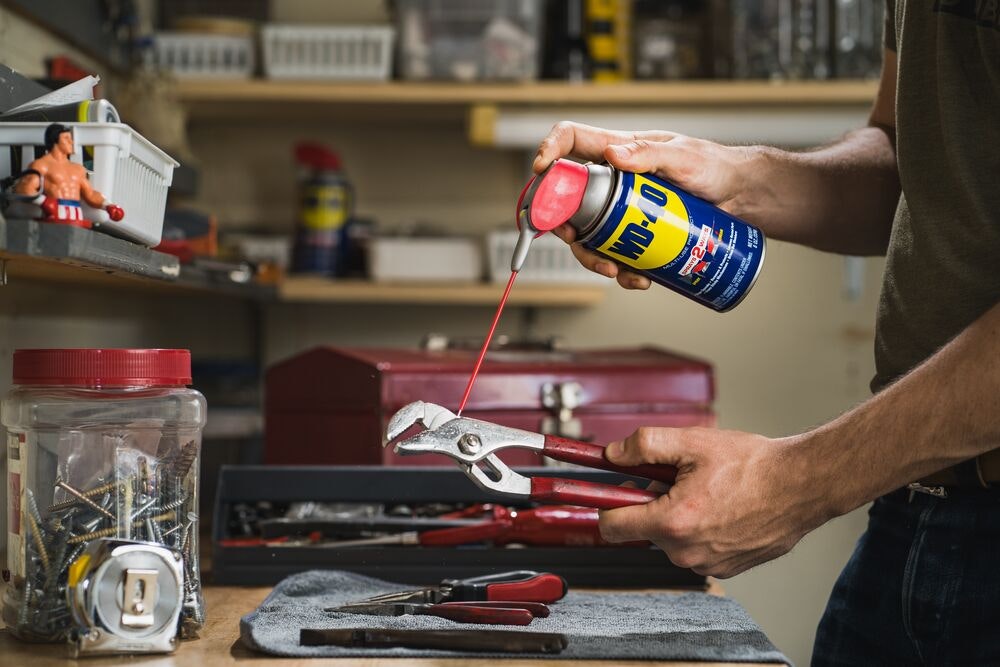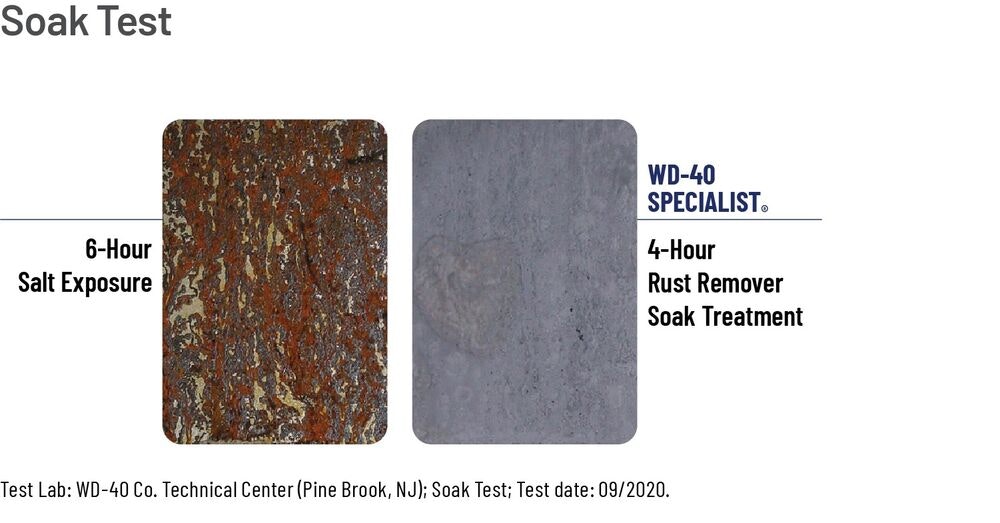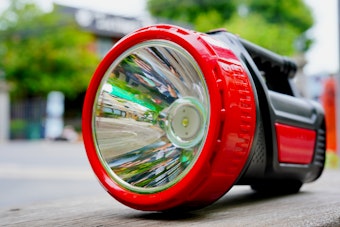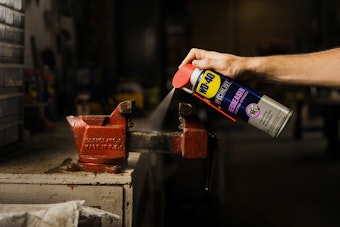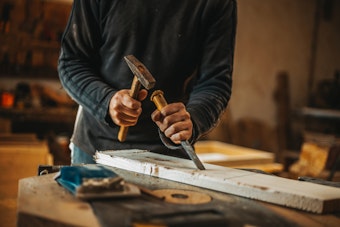How to Keep Your Tools Free of Rust
How to Keep Your Tools Free of Rust
<< BackWe’ve all done it. At some point or another, a tool gets left out overnight after a long day’s work or forgotten in the yard when multitasking. Rust can form on many tools at some point over their lifespan, and a little care & attention can bring these implements back into good working order without too much hassle. Here are a few of the ones we see commonly affected:
-
Wrenches (adjustable, combination, socket)
-
Pliers (needle-nose, slip-joint, locking)
-
Screwdrivers (flathead, Phillips)
-
Hammers (claw, ball-peen)
-
Utility knives and blades
-
Chisels (woodworking or metal)
-
Vise grips and clamps
-
Handsaws or hacksaws
-
Files and rasps
-
Drill bits (especially steel ones)
-
Pry bars or crowbars
-
Lug wrenches (used for changing tires)
On Rust
All of these tools are prone to corrosion when exposed to moisture or humidity. Rust forms when oxygen and water or moisture reacts with exposed iron and its alloys. Iron oxide (or iron hydrate) gathers on the surface of the metal and overtime can cause serious deterioration and degradation to the material. We don't like rust.
Problems with Rust
Rust has the power to cause serious harm if left uncontrolled in the wrong areas. A few words on rust from Jonathan Waldman in Rust: The Longest War:
"Rust has knocked down bridges, killing dozens, it's killed at least a handful of people at nuclear power plants, nearly cause reactor meltdowns, and challenged those storing nuclear waste. It has shut down the largest oil pipelines, rendered military jets and ships unfit for service, and torn apart the fuselage of a commercial plane mid flight."
The cases mentioned by Waldman may not apply to the tools in your shed, but the rust will come for them nevertheless. Tools afflicted by rust can often be salvaged and restored, but if left untreated they can become brittle, broken, and even dangerous. The lifespan of metal materials and devices is greatly affected by the creeping presence of rust and rusty tools also have a sloppy and unprofessional appearance.
Preventative Care
The best case scenario with rust is to avoid letting it set hold on your tools entirely. TreeHugger.com offers three primary ways to avoid rust:
- Keep your stuff dry
- Use high-quality paints when applicable and touch up dings
- Oil tools regularly
Protecting your tools with a barrier is a great way to keep rust away, and WD-40® Multi Use Product offers superior performance solutions for just such occasions. This original formula was designed to ensure rockets didn’t rust from the condensation on their surfaces, and it works wonders keeping tools in your shop or shed from rusting as well.
Restoring Rusty Tools
Once rust has reared its ugly head, don’t give up. You can restore your tools to working condition using several different ways. With our classic multi-use formula, apply the multi-use formula with a rag or wire brush (when needed) and some elbow grease to abrade away the oxidized material. Steel wool can also be helpful in some circumstances. For tools and items that can be submerged, WD-40 Specialist® Rust Remover Soak quickly dissolves rust and restores tools, equipment, and surfaces to bare metal without excess rubbing and brushing. This non-acidic formula safely removes rust by reacting with the material to draw the oxidized particles away without using harsh chemicals.
Pro Tip:
For metal surface areas that may be susceptible to rust, try WD-40 Specialist Gel Lube. It protects against rust and surface corrosion with a thick, long-lasting gel coating that goes on horizontal, vertical, and inverted surfaces with a no-drip formula.
FEATURED PRODUCTS
WANT TO GET MORE TIPS AND TRICKS?
SUBSCRIBE TO THE NEWSLETTER
